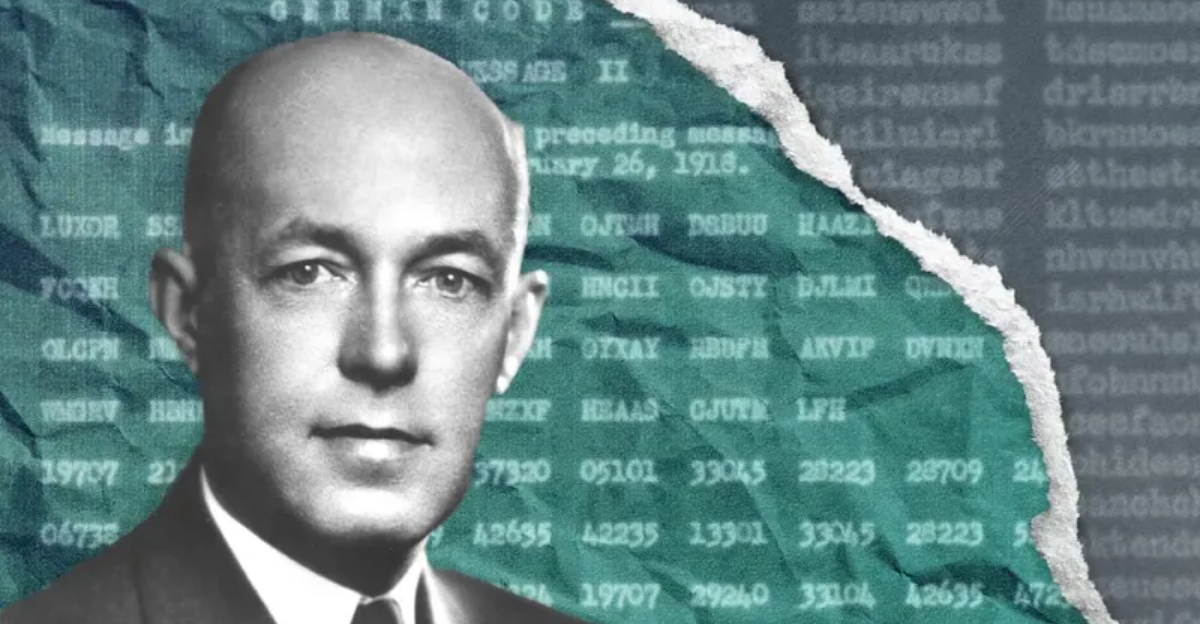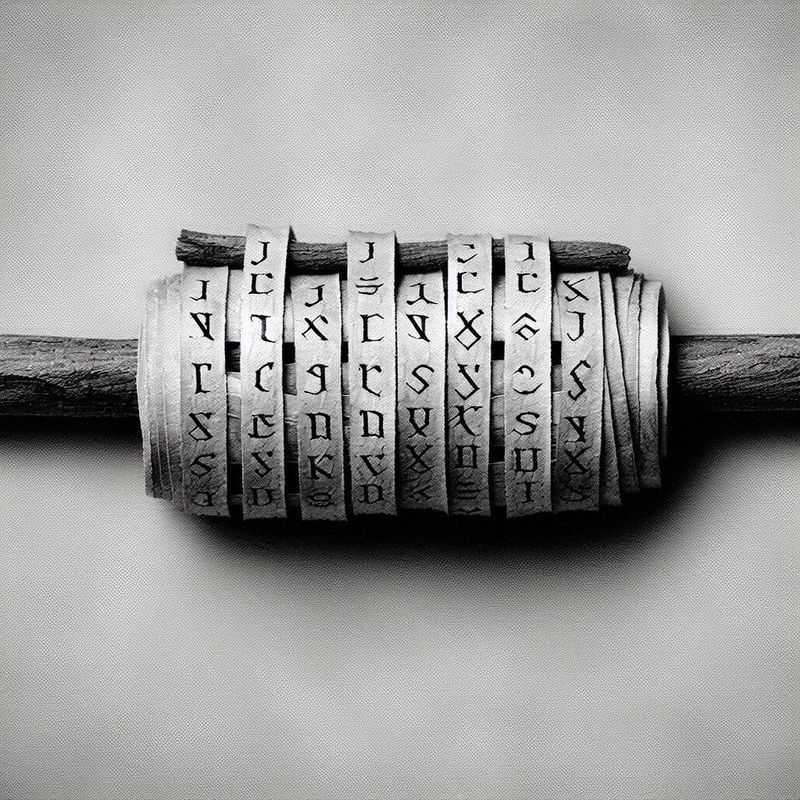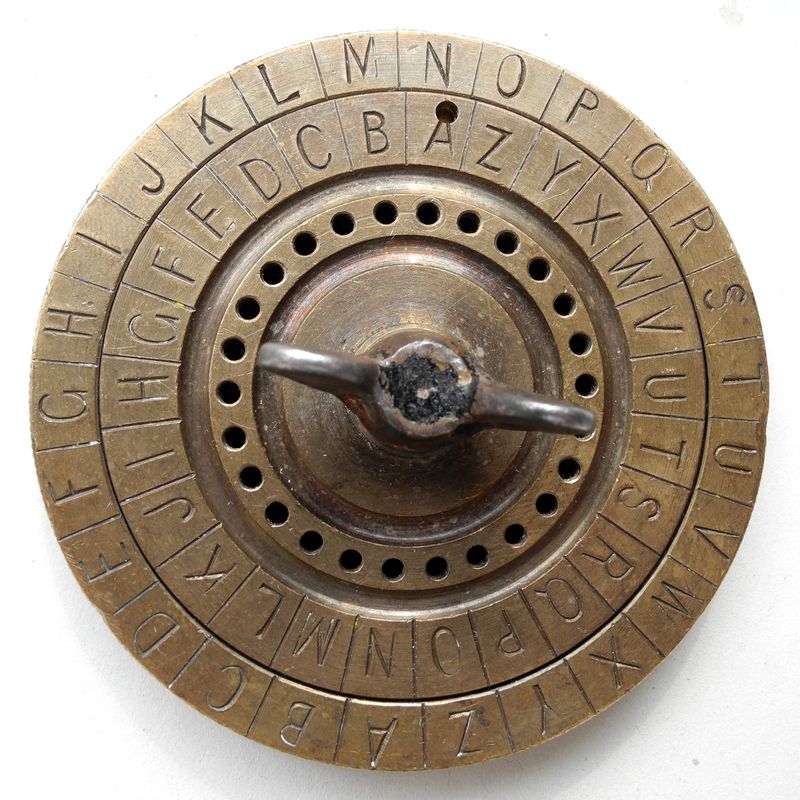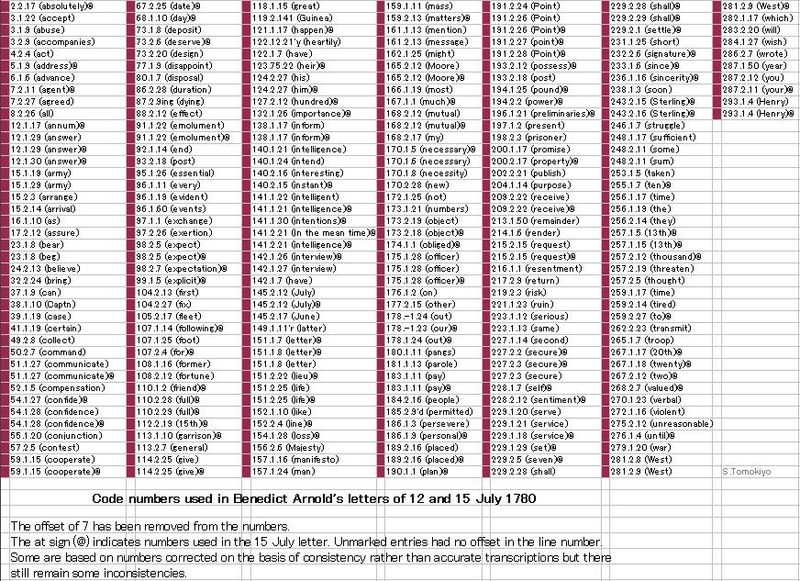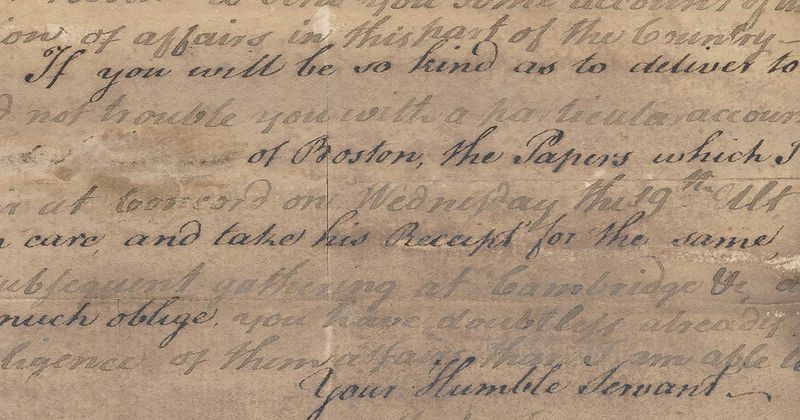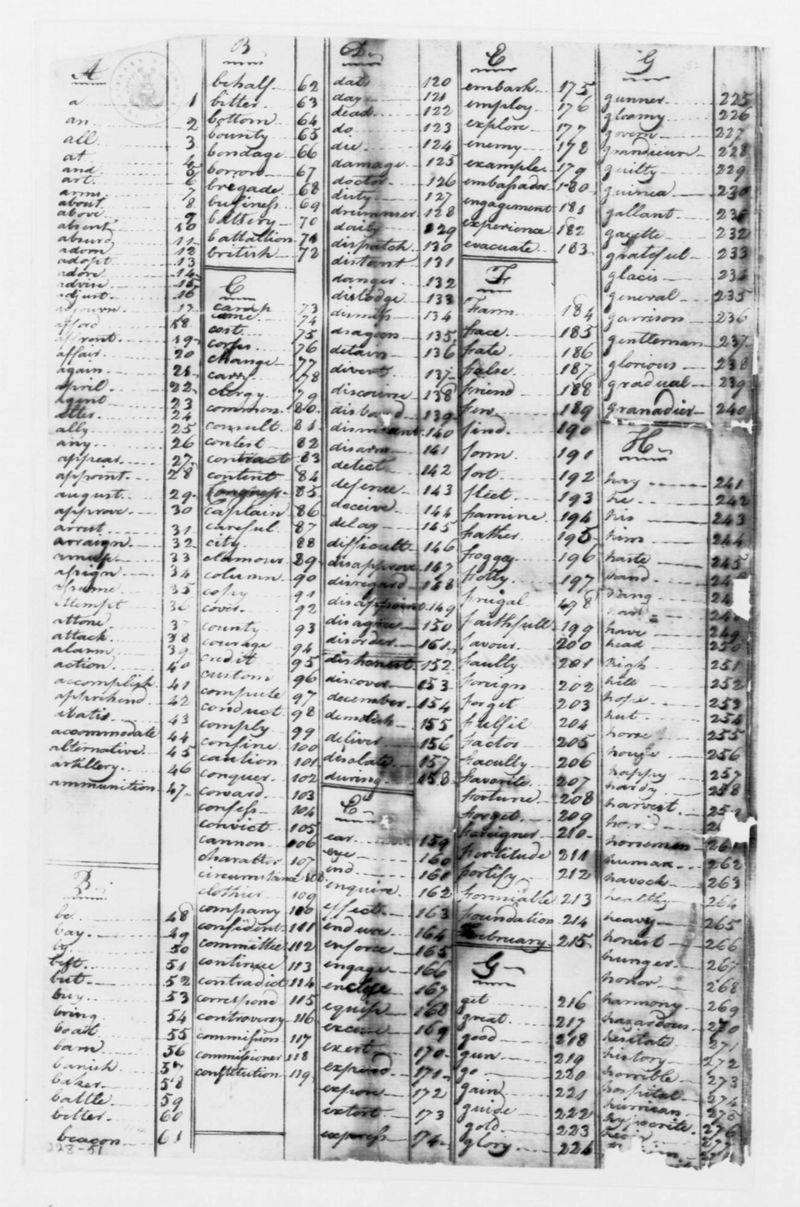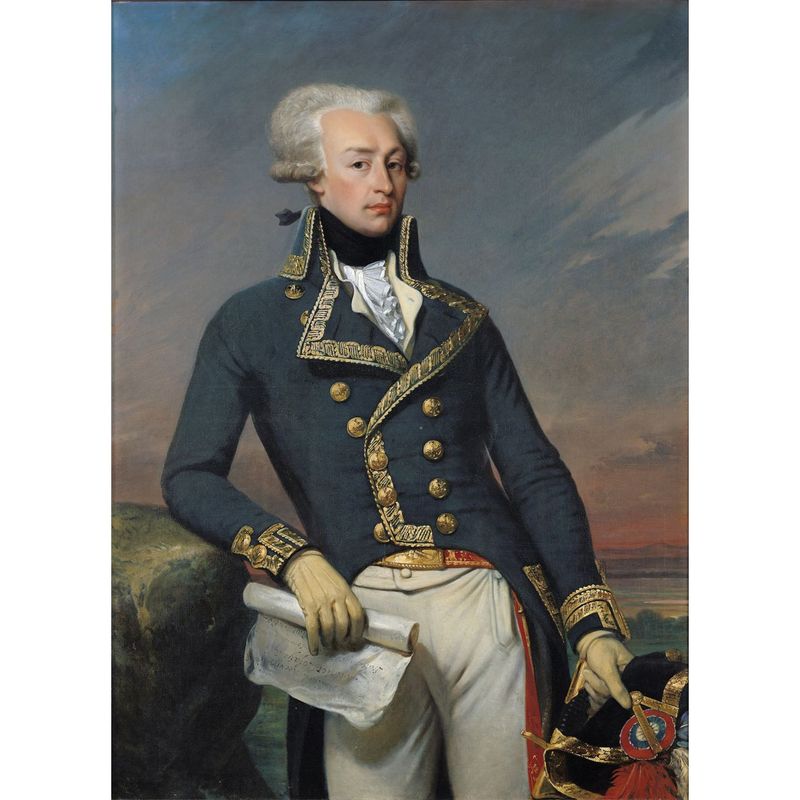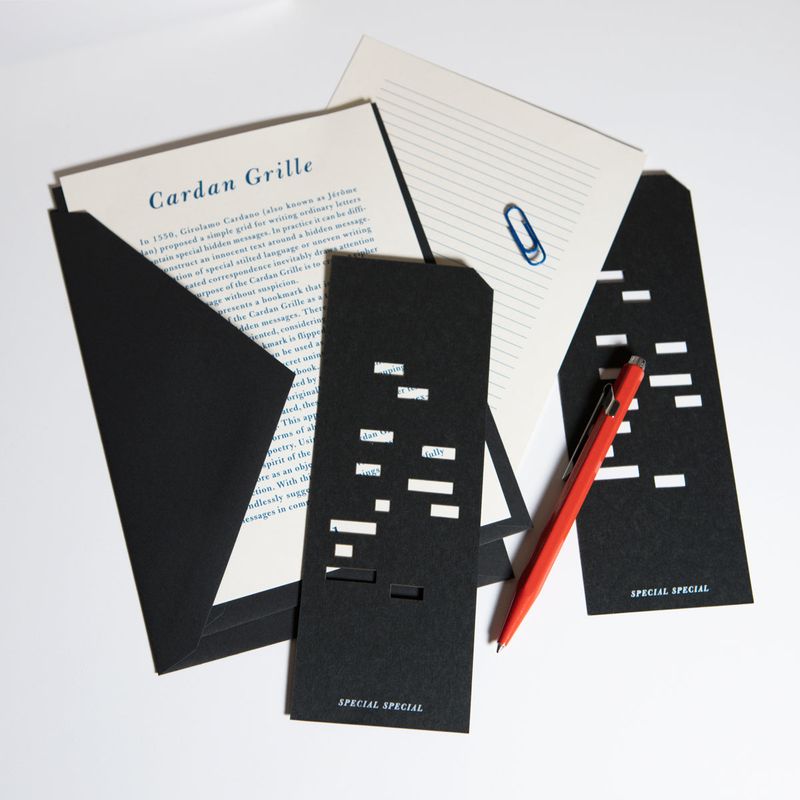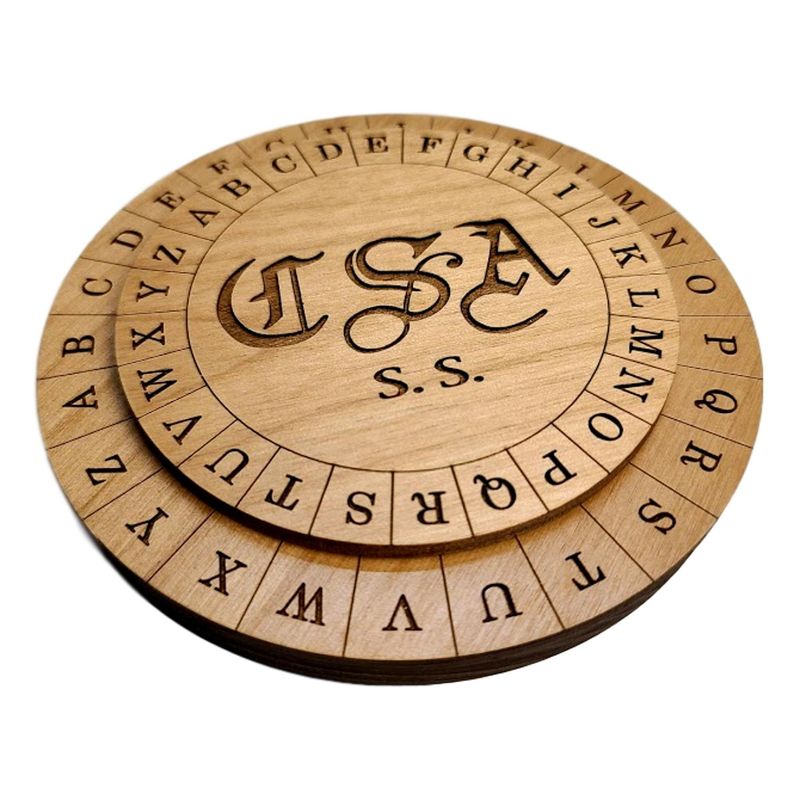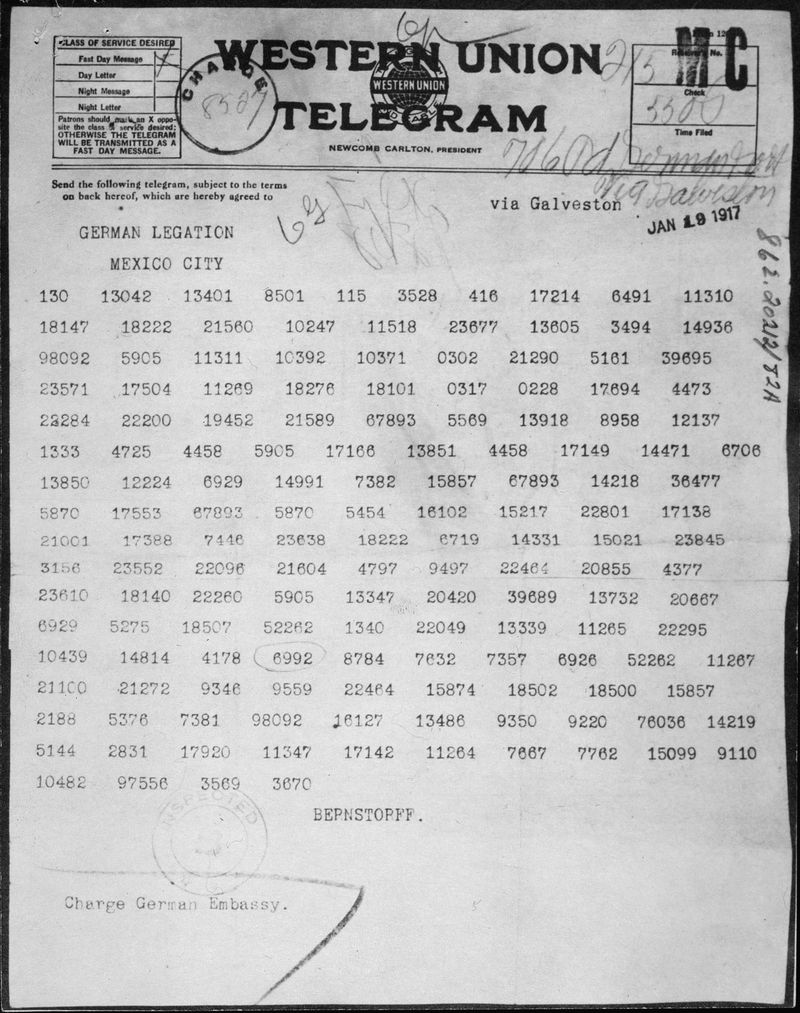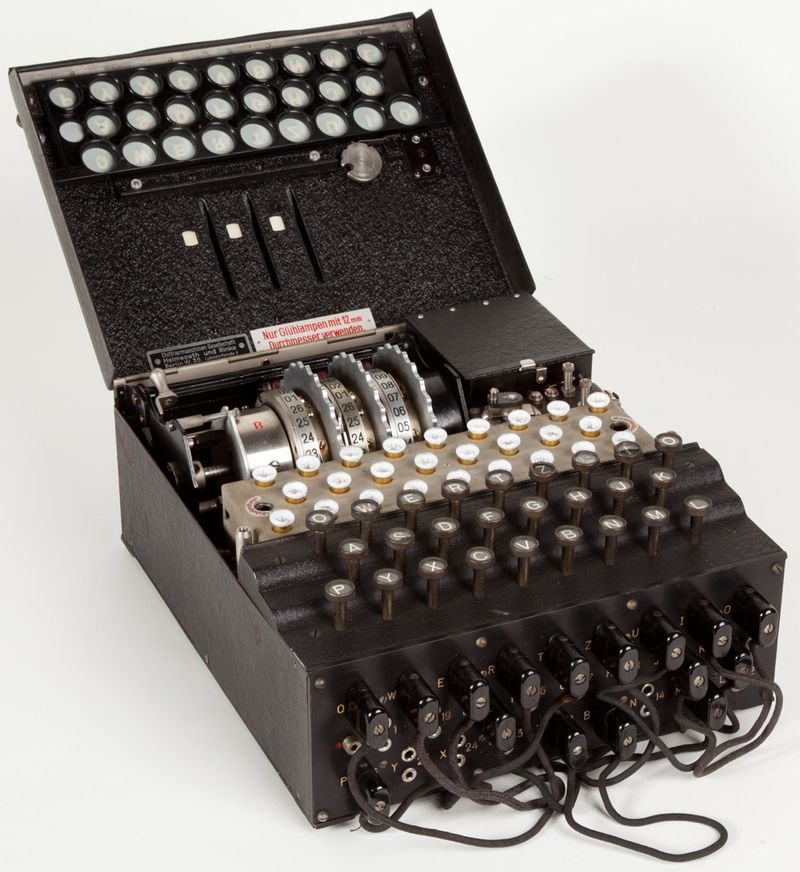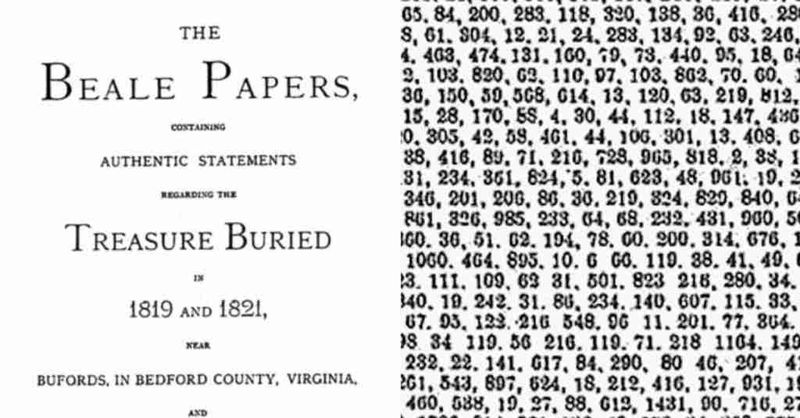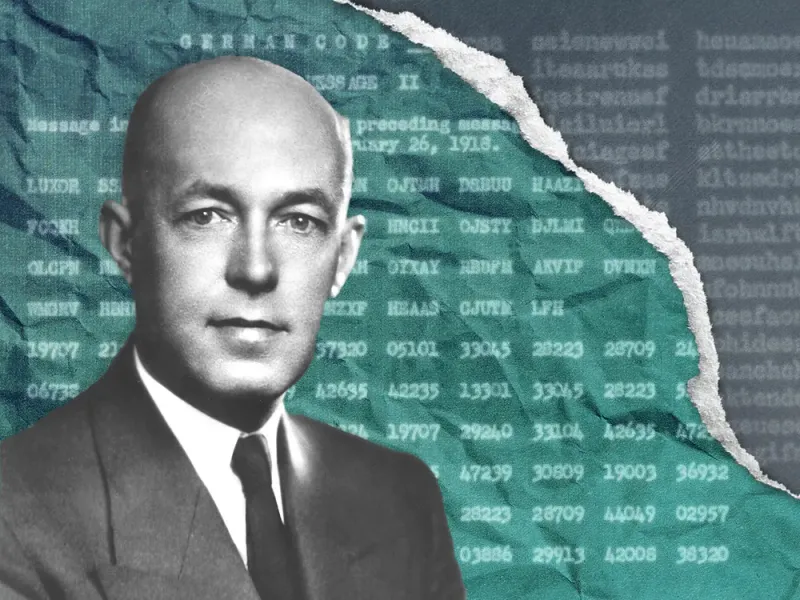Long before presidents made headlines, secret codes were quietly changing the course of American history.
From revolutionary spies to Civil War generals, these hidden messages shaped battles, influenced decisions, and altered the nation’s destiny.
Many of these cryptographic methods remained classified for decades, their true impact on America’s development only recently coming to light.
1. The Scytale: Ancient Spartan Cipher
Picture a simple leather strip wrapped around a wooden rod, yet capable of safeguarding military secrets for centuries. Ancient Spartans invented this transposition device, proving that physical keys could be just as vital as the messages themselves.
American military leaders studied this method during the Revolutionary War. The concept demonstrated that encryption required both the coded message and the proper decoding tool.
This ancient wisdom influenced early American cryptography, establishing the foundation for modern security protocols.
2. Caesar Shift Cipher: The Foundation Method
Julius Caesar’s letter-shifting technique became the backbone of American military communications. Revolutionary War officers adopted this substitution method, moving each letter a fixed number of positions in the alphabet.
General Washington’s correspondence frequently employed Caesar shifts to protect troop movements and strategic plans. The simplicity made it perfect for battlefield conditions where complex codes proved impractical.
This enduring foundation influenced American cryptographic development well into the 20th century, proving that effective solutions often remain elegantly simple.
3. Book Cipher: Benedict Arnold’s Betrayal Code
Benedict Arnold’s treasonous communications used Blackstone’s Commentaries as the decoding key, referencing specific pages, lines, and words. This method allowed conspirators to hide messages in plain sight using commonly available books.
The Culper Spy Ring perfected this technique using Entick’s Dictionary, creating an unbreakable system that protected Washington’s intelligence network. Each number sequence pointed to predetermined text locations.
Arnold’s captured messages revealed this method’s power, forever changing how America approached counterintelligence and domestic security.
4. Invisible Ink: The Patriot’s Hidden Weapon
Lemon juice became America’s secret weapon against British intelligence, allowing patriots to hide critical messages between innocent letter lines. Heat application revealed these acidic compounds, exposing hidden revolutionary plans.
George Washington’s spies perfected various chemical mixtures, creating invisible communications that appeared as ordinary correspondence. British interceptors rarely suspected the true contents of seemingly harmless family letters.
This technique proved so effective that it remained classified for decades, influencing American intelligence operations through multiple wars.
5. Culper Spy Ring Numerical Code
Benjamin Tallmadge created America’s first sophisticated numerical substitution system, assigning specific numbers to names, places, and common words. This 1778 innovation protected Washington’s most valuable intelligence network.
Agent 711 (Washington himself) received coded reports about British troop movements and strategic plans. The system’s complexity made interception nearly impossible, even when messages were captured.
Combined with invisible ink techniques, this code network provided the intelligence advantage that helped win American independence from British forces.
6. Lafayette and Church’s Mixed Cipher
Marquis de Lafayette revolutionized American cryptography by combining English, Greek, and Latin symbols into complex substitution codes. His collaboration with Benjamin Church created nearly unbreakable communication systems.
Revolutionary commanders used these mixed-language ciphers to coordinate international military support and diplomatic negotiations. The multilingual approach confused British codebreakers who expected standard English patterns.
Church’s betrayal later revealed this method’s sophistication, demonstrating how advanced American cryptographic capabilities had become during the independence struggle.
7. Cardan Grille: The Mask Method
British spy networks adopted this ingenious masking technique, using cut-out sheets to reveal hidden messages within seemingly normal correspondence. American counterintelligence quickly learned to identify these patterns.
Revolutionary forces reverse-engineered captured grilles, discovering how enemy agents embedded secret instructions within routine military reports. The method required precise positioning to decode properly.
American adoption of this technique influenced Civil War communications, where both Union and Confederate forces used similar masking methods for sensitive intelligence.
8. Confederate Cipher Disk: Civil War Innovation
Confederate engineers created portable rotating disks that allowed flexible alphabet substitution, representing a significant advancement in battlefield cryptography. These devices proved both practical and cryptographically sophisticated.
Union forces struggled to decode these messages until captured disks revealed the system’s mechanics. The portability made it perfect for cavalry units and mobile command posts.
This innovation influenced post-war American military communications, establishing principles that guided cryptographic development through both World Wars and beyond.
9. Zimmermann Telegram: The War-Changing Message
Germany’s encrypted proposal to Mexico in 1917 suggested a military alliance against the United States, promising territorial recovery of Texas, Arizona, and New Mexico.
British Room 40 codebreakers intercepted and decoded this message, revealing Germany’s aggressive intentions to American intelligence. The revelation shifted public opinion dramatically toward entering World War I.
This single decoded message arguably changed America’s isolationist stance forever, demonstrating how cryptographic intelligence could alter the nation’s entire geopolitical trajectory.
10. Enigma Machine: The War-Shortening Code
Germany’s rotor-based cipher machine created seemingly unbreakable codes, threatening Allied victory in World War II. Polish mathematicians first cracked early versions, passing crucial insights to British intelligence.
Alan Turing and his team at Bletchley Park perfected decoding techniques, accessing German military communications throughout the war. This intelligence advantage shortened the conflict by an estimated two years.
American forces received this decoded intelligence, fundamentally changing how the United States approached both warfare and peacetime cryptographic security.
11. Beale Ciphers: The Treasure Map Mystery
Three encrypted messages from the 1820s allegedly reveal the location of buried treasure worth millions in today’s currency. Only the second cipher has been decoded, using the Declaration of Independence as the key.
The decoded message describes 2,921 pounds of gold and 5,100 pounds of silver buried in Bedford County, Virginia. Treasure hunters have searched for over 150 years without success.
This legendary mystery influenced American cryptographic research, inspiring new decoding techniques and maintaining public fascination with historical codes.
12. Copiale Cipher: The Secret Society Code
An 18th-century manuscript filled with mysterious symbols remained undecoded for over 260 years until computer scientists cracked it in 2011. The document revealed rituals of a German secret society.
Modern cryptanalysis techniques finally unlocked this historical puzzle, demonstrating how contemporary technology could solve centuries-old mysteries. The decoded text described initiation ceremonies and organizational structure.
This breakthrough influenced American historical research, proving that advanced computational methods could reveal previously inaccessible aspects of early American secret societies.
13. Black Chamber: America’s First Codebreaking Unit
Herbert Yardley established America’s first peacetime cryptographic intelligence organization in the 1920s, breaking Japanese diplomatic codes that shaped the Washington Naval Conference.
This unit’s success in decoding foreign communications gave American negotiators unprecedented advantages in international diplomacy. Yardley’s team cracked multiple nation’s encryption systems.
The unit’s exposure in Yardley’s 1931 book “The American Black Chamber” revolutionized public understanding of intelligence operations, establishing foundations for modern American cryptographic agencies.
